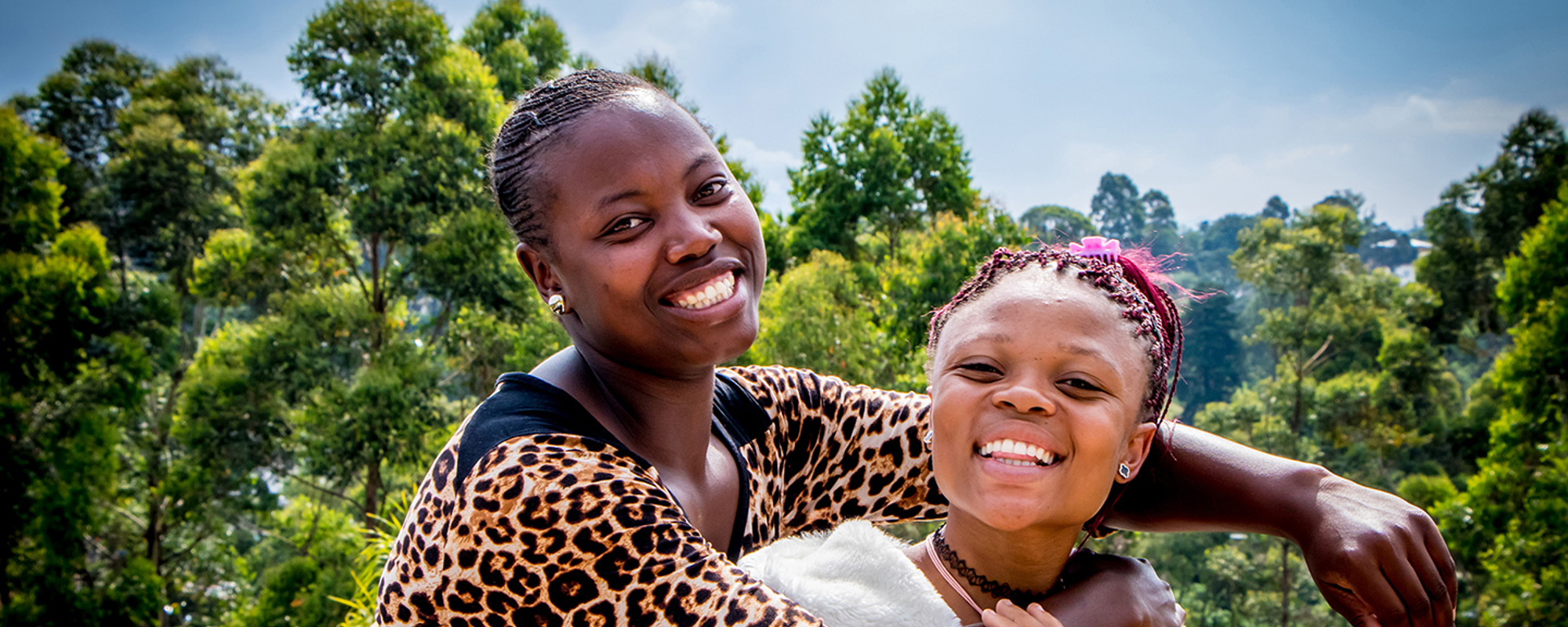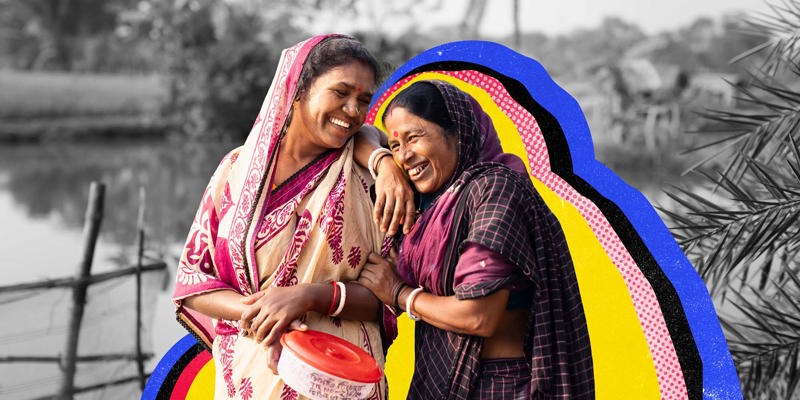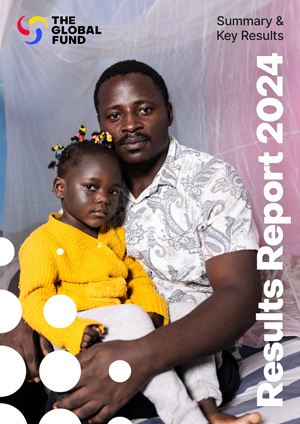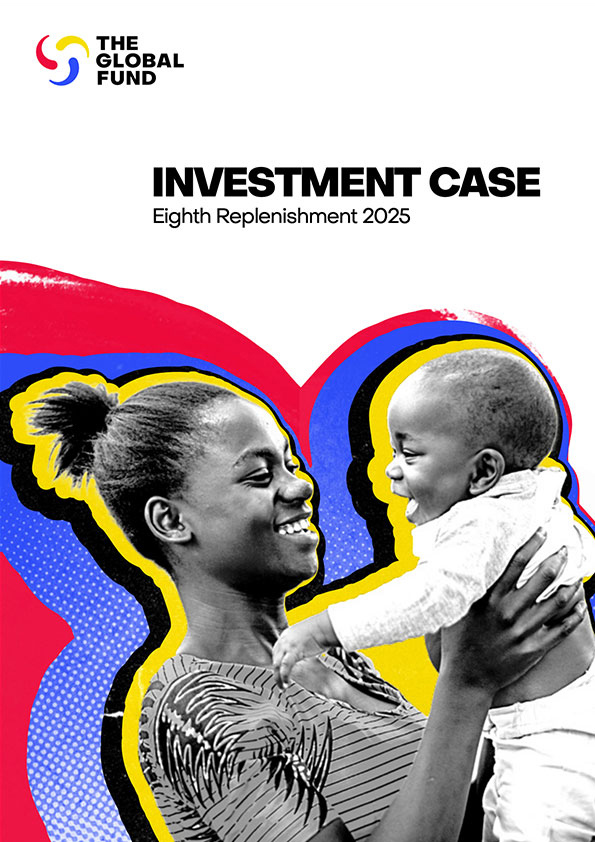

Eswatini Meets Global 95-95-95 HIV Target
Eswatini, a tiny country of just over a million people in southern Africa, has one of the highest HIV prevalence rates in the world: 27% of adults live with the disease.
But Eswatini, together with Switzerland, are the first countries to achieve the ‘95-95-95’ global HIV target. This means that 95% of people living with HIV in Eswatini know their status, that 95% of people who know their HIV-positive status are accessing treatment and that 95% of people on treatment have suppressed viral load. The ‘95-95-95’ deadline is 2030, meaning Eswatini reached the target an entire decade in advance.
This success can be attributed to investments in HIV prevention and treatment interventions targeting the hardest-to-reach and most vulnerable populations. This includes girls and young women – who across East and southern Africa continue to be disproportionately affected by HIV. In Eswatini, 63% of people living with HIV are women.

Adolescent girls and young women take part in a safe sex training, facilitated by Pact Eswaziland, where they learn about relationships, safe sex, HIV prevention, gender and strategies for those living HIV. Photo: Pact
There is evidence that keeping adolescent girls in school reduces their vulnerability to HIV infection. Across Eswatini and other countries with a high burden of HIV among adolescent girls, the Global Fund invests in education, health and economic programs that focus on girls and young women to help reduce their vulnerability to the disease. This includes through “Girl Champ”, a program by Project Last Mile in Eswatini that informs and empowers adolescent girls to protect their health by setting up safe, girls-only spaces for youth-centered dialogue on vital health issues including HIV prevention.
Eswatini’s story is part of the Global Fund Results Report 2020.







